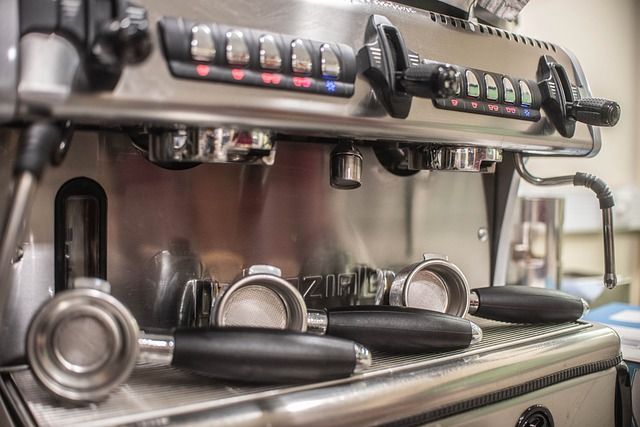Motor and pump problems in coffee machines can be difficult to diagnose and fix. If a coffee machine is not producing the desired coffee drink, it is necessary to understand how the motor and the pump work together in order to make the necessary repairs.
The motor supplies the energy that the pump uses to move the water through the coffee brewing chamber. When the motor is not working properly, the pump can run unevenly or fail completely. This can lead to a variety of problems, including over- or under-extraction of coffee grounds, as well as poor-tasting drinks.
To diagnose and fix problems with the motor and pump of coffee machines, you should first inspect the motor and pump for any visible damage or obstructions. If there is no external damage, the motor should be tested by switching it on and checking for signs of failure. This includes listening to the sound of the motor, feeling for vibrations and measuring the speed.
If a problem is identified, it is important to eliminate the specific problem in order to identify the root cause. This includes checking electrical connections for loose wires or corrosion, inspecting circuit breakers and fuses, and cleaning or replacing worn out components.
Once the root cause has been identified, the necessary repairs can be carried out. This can include replacing faulty parts, cleaning clogged parts and tightening loose connections. Once repairs have been made, the motor and pump should be tested again to make sure they are working properly before using the coffee machine again.
By understanding how motors and pumps work in coffee machines, you can quickly diagnose and fix any potential motor and pump problems. This will help to ensure that your customers are served a high quality beverage every time.
Finally, it is important to have the knowledge and skills needed to diagnose and troubleshoot problems with coffee machine motors and pumps. Having the right tools and understanding how they work together can result in the perfect cup of coffee every time.

